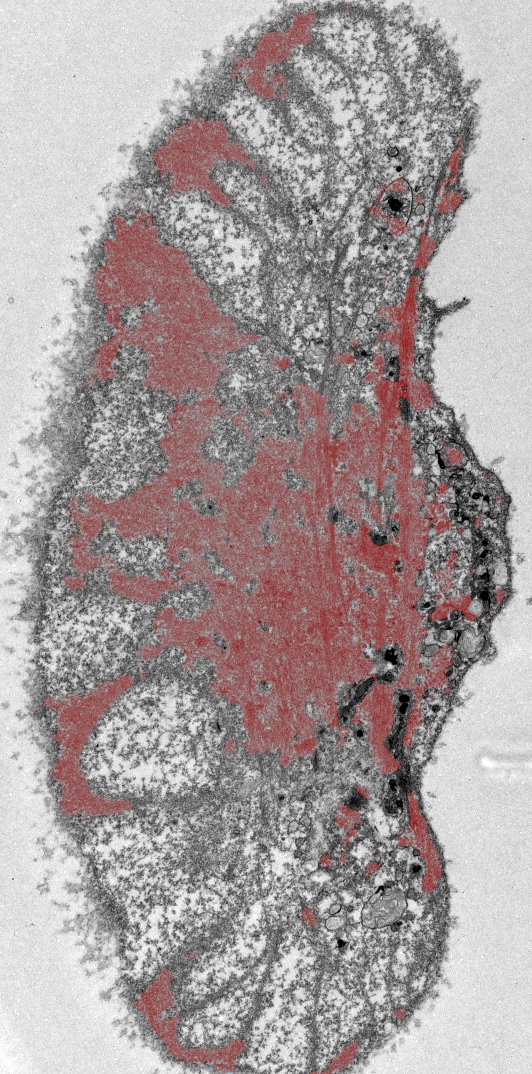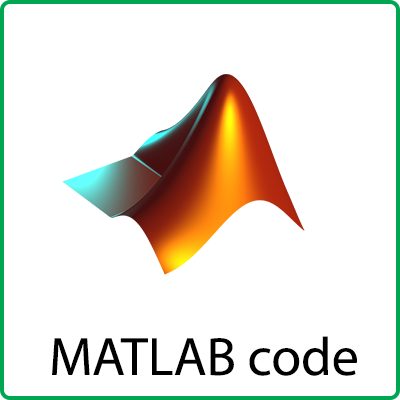Description
The basic idea of the method is to construct a feature vector for each pixel by applying a filter bank to the image and then concatenate together local histograms from the response of each filter. The hope is that each filter will contain some small amount of information about the texture in a region, and combined together the responses of all different filters should provide good discriminatory information about local texture.
I chose a set of 7 filters based on [5]. The first is simply the intensity of the unfiltered image. I also chose 4 Gabor filters at different orientations (multiples of 45o ). A Gabor filter is a complex sinusoid at a particular orientation multiplied by a Gaussian envelope. They are a very flexible filter widely used for detecting features of particular sizes and orientations. Gabor filters have many parameters to tune: the orientation of the sinusoid, the overall size of the Gaussian, and the aspect ratio of the Gaussian in the two orthogonal directions. I tuned all these parameters until I obtained filtered images that seemed by eye to maximize the difference between the foreground and other parts of the cell. I used a symmetric Gaussian with sinusoids of different wavelengths, and a overall Gaussian standard deviation of 17 pixels, chosen to roughly match the structure of the textures. The Gabor filters did a nice job of eliminating small dark regions in the background that may have been confused with foreground.

A variational multiphase level set approach to simultaneous segmentation and bias correction



Reviews
There are no reviews yet.